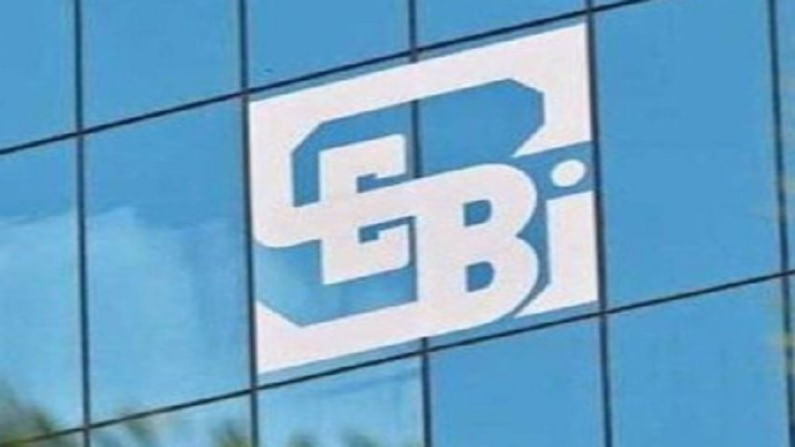SEBI's latest directive for mutual funds: Here's all you need to know
Mutual funds invest in certain debt instruments with special features — subordination or convertible to equity upon trigger of a pre-specified event for loss absorption

New Delhi: Putting in place restrictions on the exposure of mutual funds to debt instruments with special features, regulator SEBI on March 11 said that a mutual fund under all its schemes will not be permitted to own more than 10 per cent of such instruments issued by a single issuer.
Presently, there are no specified investment limits for such instruments.
Mutual funds invest in certain debt instruments with special features — subordination or convertible to equity upon trigger of a pre-specified event for loss absorption.
Also, additional Tier I bonds and Tier 2 bonds issued under Basel III framework may come under debt instruments having special features.
These instruments are generally considered to be riskier for investors looking at fixed returns and safety of capital through investing in debt mutual fund schemes.
In a circular, the watchdog said, “no mutual fund under all its schemes shall own more than 10% of such instruments issued by a single issuer”.
The regulator noted that a mutual fund scheme will not invest more than 10% of its Net Asset Value (NAV) of the debt portfolio in such instruments. Also, the scheme would not invest more than 5% of its NAV of the debt portfolio in such instruments issued by a single issuer.
These investment limits for a mutual fund scheme would be within the overall limit for debt instruments issued by a single issuer as specified under SEBI’s mutual fund norms, and other prudential limits with respect to the debt instruments.
The step of limiting the exposure of debt funds in such instruments and putting in place restrictions on the exposure towards a particular issuer as well is a good step as it reduces the risk. This will work in the interest of investors, Harshad Chetanwala, co-founder of MyWealthGrowth.com, said.
This is a welcome clarification from SEBI as it provides restrictions of single issuers and overall fund NAV on the limits allowed to mutual fund schemes to invest in debt instruments with special features, Divam Sharma, co- founder of Green Portfolio said.
According to SEBI, investments of mutual fund schemes in such instruments in excess of the limits as on the date of this circular may be grandfathered and such mutual fund schemes will not make any fresh investment in such instruments until the investment comes below the specified limits.
With regards to provisions for segregated portfolio in the Scheme Information Document (SID), SEBI said debt schemes which have investment in such instruments will have to ensure that SID of the scheme has provisions for segregated portfolio.
If such instrument is to be written off or converted to equity pursuant to any proposal, SEBI said the date of the proposal may be treated as the trigger date.
However, if such instruments are written off or converted to equity without any proposal, the date of write off or conversion of debt instrument to equity may be treated as the trigger date, the regulator said.
On the trigger date, Asset Management Companies (AMCs) may, at their option, create segregated portfolio in a mutual fund scheme.
Side pocketing of bonds with special features will allow investors with the opportunity to exit the remaining part of the mutual fund scheme without giving up the chance of participating in the recovery from these instruments, Green Portfolio’s Sharma said.
Further, AMCs or valuation agencies would have to ensure that the financial stress of the issuer and the capabilities of issuer to repay the dues/ borrowings are reflected in the valuation of the securities from the trigger date onwards.
SEBI also clarified that the maturity of all perpetual bonds should be treated as 100 years from the date of issuance of the bond for the purpose of valuation.
In addition, SEBI said that close ended debt schemes would not invest in perpetual bonds.
“Further, the close ended schemes are disallowed to invest in perpetual bonds as they are allowed to invest only in those securities which mature on or before the date of maturity of the scheme,” Sharma said.
This new framework would come into effect from April 1.

